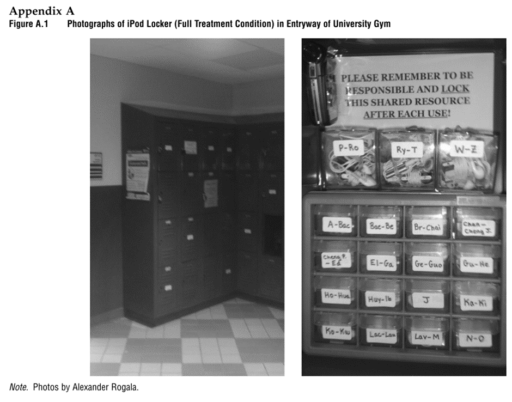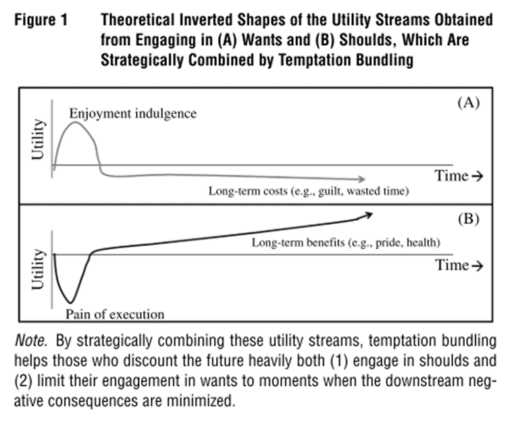Before coming to Stanford, I never imagined that going to the gym every day would feel so natural. Yet, working out has become a regular part of my routine. Why?
It is not about willpower. Instead, two seemingly unrelated activities have effortlessly reinforced my gym habit.


First, every time I enter the gym, I pick up The Stanford Daily before exercising. Picking up a freshly printed newspaper feels refreshing, even though I rarely read it thoroughly.

Second, after my workout, I head straight to the outdoor swimming pool. The consistently warm water and open-air setting make swimming feel enjoyable. I have become so accustomed to this swimming pool that I do not want to miss a day even when it is raining.

My pattern suggests a strategy for making self-control tasks like exercising more sustainable. I wrap the core, demanding task (exercise) with enjoyable, effortless activities (picking up newspaper before and swimming after), like sugar-coating a bitter pill.
This strategy differs from temptation bundling, where a reward is combined with a main task at the same time, like listening to an audio book while exercising. Instead, I distribute rewards before and after the main task.
***
Reference
Milkman, K. L., Minson, J. A., & Volpp, K. G. M. (2014). Holding the hunger games hostage at the gym: An evaluation of temptation bundling. Management Science, 60(2), 283–299.
This study provides the first evaluation of a newly engineered type of commitment device—a temptation bundling device. It shows that in the setting explored, where exercise was bundled with tempting audio novels, this new type of commitment device is valued by a significant portion of the population studied. Further, we find that when temptation bundling is imposed on a population, it can increase gym attendance by 51% at low cost when it is initially instituted, although as in most exercise interventions This study provides the first evaluation of a newly engineered type of commitment device—a temptation bundling device. It shows that in the setting explored, where exercise was bundled with tempting audio novels, this new type of commitment device is valued by a significant portion of the population studied. Further, we find that when temptation bundling is imposed on a population, it can increase gym attendance by 51% at low cost when it is initially instituted, although as in most exercise interventions.


